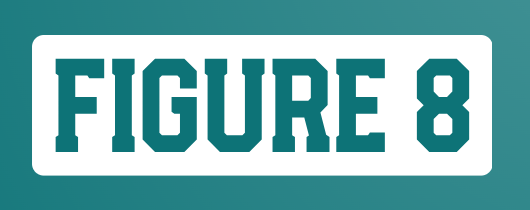The workplace is constantly evolving, and with that comes changes in the way work is done. In order to keep up with the times, employers must be willing to change the way they communicate with their employees. One-way communication is no longer effective, and employers need to start engaging in consultative conversations with their employees.
What are consultative conversations? They are a type of communication where both parties are engaged in a dialogue that allows for two-way feedback. This type of communication is beneficial for both the employer and the employee because it allows for open discussion and problem-solving. In addition, consultative conversations help build trust between employer and employee, leading to a more productive workplace.
Employers who are hesitant to engage in consultative conversations may be concerned about how it will affect their bottom line.
How to Ensure Improvements?
Consultative conversations are an essential part of the business. They allow for two-way communication and can help to improve productivity. However, they can also be difficult to navigate. Here are four tips to help you improve your consultative conversations:
- Stay on topic. It can be easy to get off track in a consultative conversation but staying focused on the topic at hand is important. This will help ensure that both parties stay engaged and productive. You cannot go off-topic as this can create confusion at both ends.
- Be clear and concise. When giving feedback or providing information, make sure you are clear and concise. This will help the other person understand what you are saying and avoid misunderstandings.
- Listen actively. Listening is just as important as speaking in a consultative conversation.
Why Weak Consultative Conversations Can Cause Problems, In order to be successful, a consultative conversation must have two key characteristics: it must be clear, and it must be focused. A consultative conversation is clear when both parties understand the discussion and its objectives. It is focused when both parties are committed to solving the problem at hand.
When either of these characteristics is weak, the consultative conversation can cause problems. For example, if the discussion is unclear, it can lead to misunderstandings and disagreements. If it is not focused, it can lead to wasted time and effort.
To ensure that your next consultative conversation is successful, make sure that both of these characteristics are strong. This will help you avoid any potential problems and focus on solving the issue at hand.













